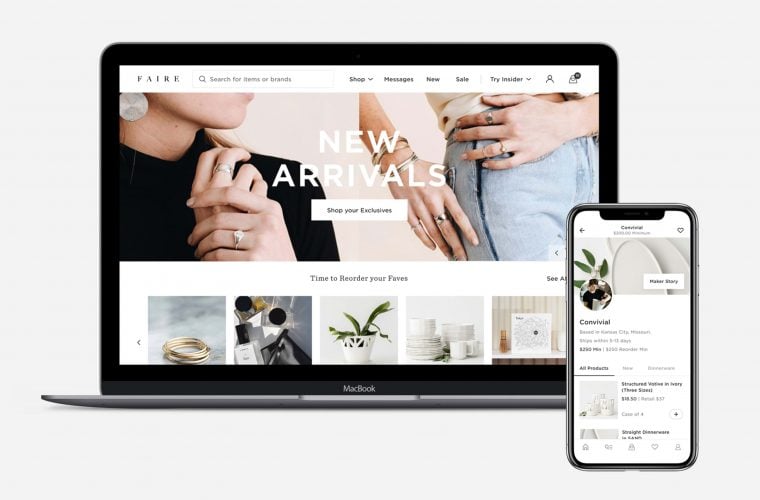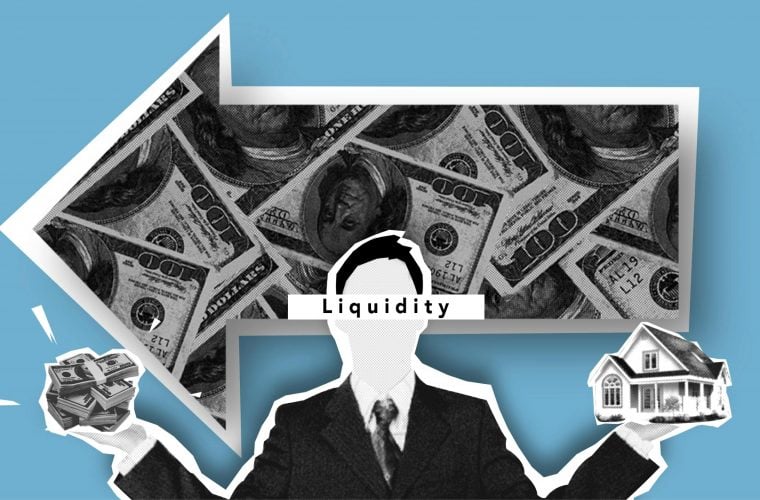
How Product Packaging Affects Sales
Go to any supermarket any you’ll see shelves stacked with similar products from different brands. This is what makes packaging design just as important as the product itself. It has a major influence over the buying decisions of consumers. We know that first impressions matter, and nowhere does it matter more than in marketing.
Brands have, on average about 7 seconds to make a good impression before the customer moves on to the next option. Effective and appealing packaging design not only makes it more likely for one product to be choses over alternatives, but it also reflects on the values of the brand.
It goes beyond that quick, first impression. According to one survey, 52% of online customers report they would continue purchasing from the same company if they receive their orders in premium packaging. You can see how much it matters to them from all those YouTube unboxing videos where part of the review is dedicated specifically to how the product is packaged.
It’s also free publicity, because if the packaging is particularly attractive, buyers are more likely to take photos and share it on social media. Not paying enough attention to this aspect is a lost marketing opportunity.
What Is Product Packaging?
At its core, packaging refers to the way in which a product is enclosed for sale. Depending on the type of product, some reequipments may change. For example, food items follow specific packaging guidelines for safety purposes. Another role of packaging is to convey information to the buyer about the product.
In a broader context, product packaging refers to the whole process of designing, manufacturing and marketing a product. Thinking about it like this makes it easier to see its role in retail.
Packaging Protects Products During Transportation
As a customer, there’s nothing worse than ordering something, waiting for it to arrive and then realizing it was damaged during shipping because of inadequate packaging, then having to return it.
We know the importance of creating visually appealing packaging, but more attention should be given to its ability to protect the items it encloses both during transportation, and in stores. A frustrating experience like the one described leads to unhappy customers, damaged reputation and lost revenue.
The Quality of the Packaging Reflects on the Quality of the Product
An excellent product is not likely to sell if its packaging looks cheap, especially if its not well known among customers. They will assume that the product’s quality is equally low. Good quality materials and design lend credibility to the products and their brands, as the experts from Mitchel-Lincoln can attest.
When you’re buying a product, you’re basically making an investment and most of us will look for signs that make us feel confident that this is a good way to spend our hard-earned money.
The Package Should Answer the Customer’s Questions
As we’ve mentioned, one of the roles of packaging is to provide information regarding the product. But it’s not just listing ingredients or features. You need to predict what kind of questions the customer will be wondering when picking up your product from the shelf.
To give an example, let’s say you’re selling Bluetooth headphones. The customer will like the overall look of your headphones and pick up the box, now they’ll start looking for information about what materials the headphones are made off, battery life, what Bluetooth version its using, whether it offers noise cancellation and if it is, does it also apply to the microphone? Maybe they want the headphones to offer aptX support for better sound quality and hands-free profile to make it easier for them to handle their calls.
The questions could be interpreted as doubts about whether your product is the right choice for them. When you answer their question, they have fewer doubts and become more confident about investing their money in this particular option.
The communication function serves not only to inform and educate the customer on the features of the product, but also to encourage him or her to buy it. So the way the message is being conveyed should likewise induce the right emotions as to place the product as high as possible in the hierarchy of alternatives.
Eco-Friendly Packaging
A fourth important aspect is how environmentally friendly the packaging is. The past decade has been defined by “going green” as we have become more aware of the consequences of not limiting the impact we have on the environment. The over-use of packaging and unsustainable design are two practices that have taken a spotlight, especially since the China ban on plastic waste imports from 2018.
Millennial consumers are particularly sensitive to how “green” the products they’re buying are and they’re likely to pay extra attention to packaging. This makes it important for a company to be seen as environmentally conscious in the eyes of public opinion. Not only does it increase the brand’s prestige, but it’s been shown to have a very positive effect on sales.
The Guardian conducted a study and found that 70% of consumers view brands that use sustainable packaging and recycle materials more favorably, while Cone Communications found that 84% of consumers specifically look for environmentally responsible products. This means that using recyclable materials and sustainable packaging design helps build brand loyalty.
There’s a widespread misconception that eco-friendly packaging is more expensive and therefore increases the price of the product, making it less competitive on the market. Actually, “green” brands are not significantly more expensive than their counterparts and they’re often more affordable, since the materials tend to cost less. Moreover, both in Canada and in the US, businesses which undertake more environmentally sustainable practices benefit from tax breaks as financial incentives.
Most buyers want to purchase products from brands that align with their beliefs and values, even if it means spending a bit more money. If they perceive themselves as environmentally conscious, buying from a brand that doesn’t reflect that value simply because it’s cheaper would be a betrayal of who they are and what they stand for.














